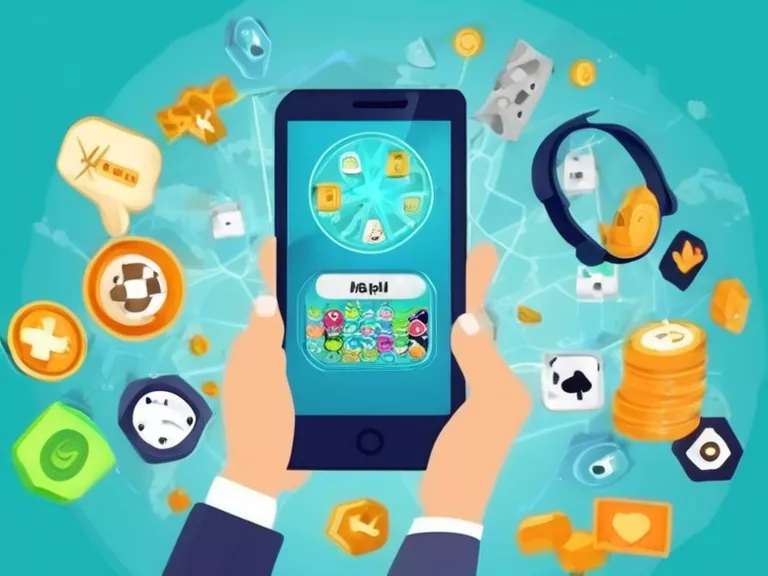
Gamification is revolutionizing non-gaming applications by incorporating game elements to engage users. This article explores the role of gamification in various industries and the impact it has on user engagement.
From fitness apps that reward users for achieving their goals to educational platforms that motivate students through points and badges, gamification has become a popular strategy to enhance user experience. By tapping into people's natural inclination for competition, achievement, and recognition, non-gaming applications can leverage gamification to encourage desired behaviors and improve user engagement.
One of the key aspects of gamification is the use of rewards and incentives to motivate users. Whether it's earning points, unlocking achievements, or competing with friends, these elements add an element of fun and excitement to the user experience. This not only keeps users coming back for more but also encourages them to stay engaged and active within the application.
Furthermore, gamification can also help drive user behavior by providing clear goals and a sense of progression. By breaking down tasks into smaller, manageable steps and offering feedback on their progress, users are more likely to stay motivated and continue using the application. This can be particularly effective in areas such as health and wellness, where users may need that extra push to maintain healthy habits.
Overall, the role of gamification in non-gaming applications is about creating a more interactive and engaging user experience. By incorporating game elements such as competition, rewards, and progression, applications can increase user motivation, retention, and satisfaction. As technology continues to evolve, gamification will likely play an even bigger role in shaping the future of user engagement.



